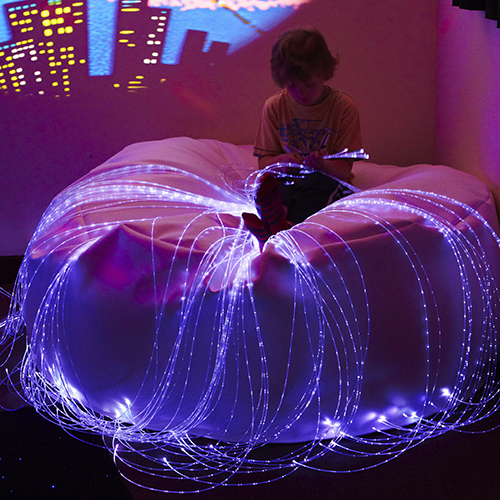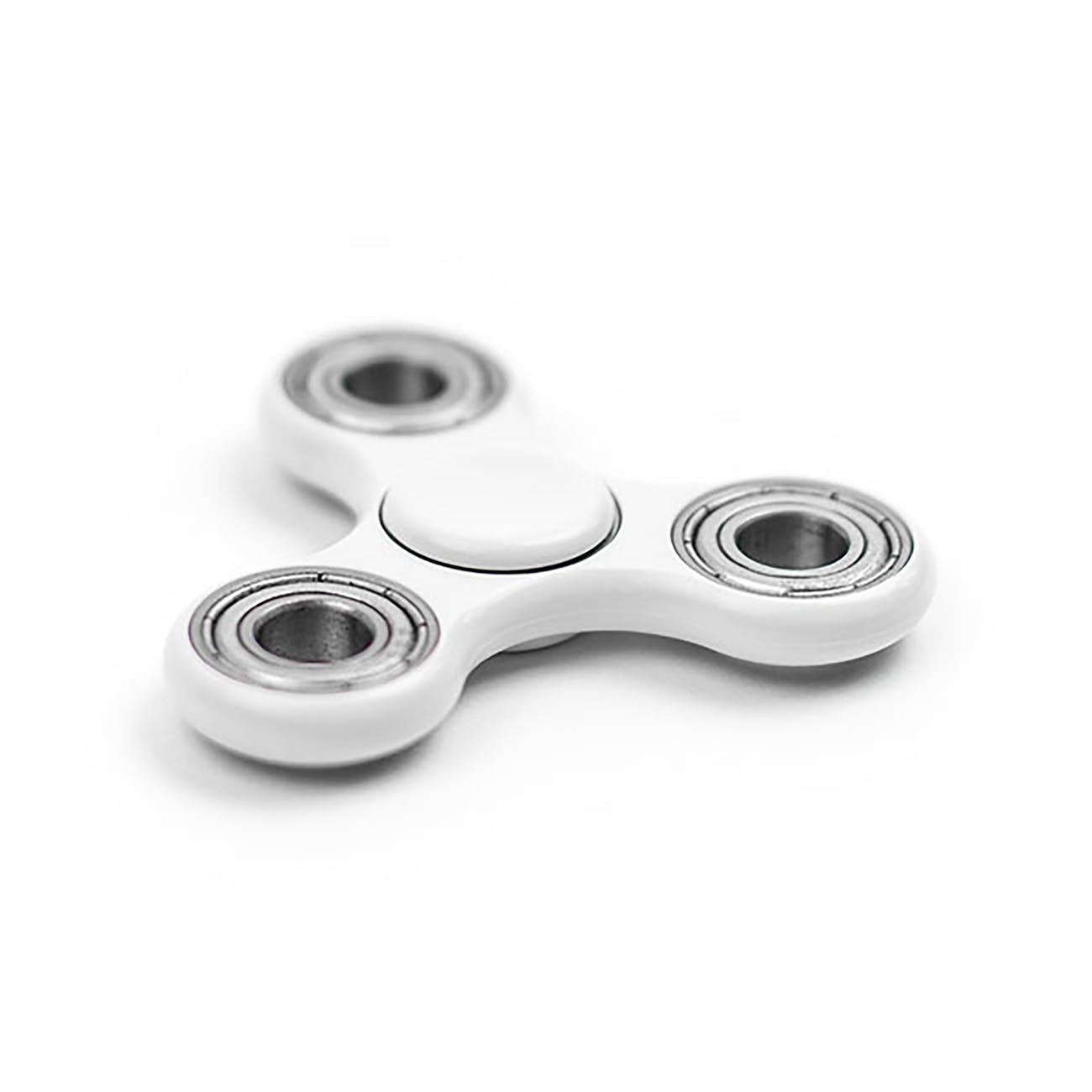Children with ADHD (attention
deficit hyperactivity disorder) are often prone to hyperactivity,
lack of focus, and impulsiveness. These symptoms can be
highly disruptive for the child and those around them, making it more important
than ever that parents and caregivers have sensory strategies for ADHD in place.
Sensory activities for ADHD are strategies employed to
aid individuals with ADHD in managing their symptoms, providing sensory input
that can boost focus and offer a constructive outlet for energy.
There are a variety of ADHD sensory strategies available, including approaches that involve specific pieces of equipment. We have created a list of the best sensory integration activities for ADHD, highlighting the most effective products to alleviate symptoms and some simple methods that you can incorporate into everyday life.

Comprised of multiple pieces of sensory equipment, sensory rooms provide numerous calming sensory activities for children with
ADHD. They engage children by creating
an immersive and safe environment in which they can regain focus before returning to whatever
they were doing when they started to experience ADHD symptoms.
When creating a sensory room to suit your child, sensory
room packages are a great place to start if you
are unfamiliar with the products usually found in a sensory space.
One of the most effective sensory strategies for
combatting ADHD symptoms is giving your child some time with a bubble tube. Their colorful appearance and
enchanting effects are great for focusing attention,
while the faint vibrations of the tube encourage
your child to explore sensory interactions through touch.
The vibrating effect additionally creates
a calming rhythm, promoting emotional regulation
to support your child as they center themselves. While
this feature is more pronounced when paired with vibro-acoustic soft play
platforms, vibrations can still be felt when using portable
bubble tubes, making them the ideal ADHD sensory
activity for travelling
or attending
family gatherings.
Bubble
Walls work similarly to a bubble tube. However, they take up less space
and are fixed to a wall in the room. To learn more about bubble walls and how they can be used in calming sensory activities for
ADHD, please read our post explaining what a
bubble wall is and how it can be used within a multisensory
environment.
Available in a range of styles and shapes, bubble
mirrors
provide another great
sensory activity for ADHD. They allow your child to view themselves and various other
objects from a different perspective, creating a focus point for an enhanced
visual experience.
Much like bubble tubes, fiber
optics offer both visual and tactile development. As no electricity runs
through the strands, this allows them to be highly flexible,
so your child can touch and
manipulate them without restraint. (Children
should be supervised at all times when interacting with Fiber Optics)
Sound walls offer
a completely unique ADHD sensory activity by
allowing your child to make music with their
own hands via an interactive panel. This piece of equipment is a great way of
developing cause and effect in a fun and relaxed environment.
A simple way to improve sensory development in children
with ADHD is to encourage engagement through the mouth. Eating crunchy
snacks such as carrot sticks, apple slices, and ice pops exercises the jaw muscles, grounding
your child and improving their ability to concentrate.
Similar to crunchy snacks, drinking through a
straw is an effective calming
sensory activity for ADHD as it stimulates the mouth muscles, in turn
sharpening their focus. Thicker drinks, such as smoothies or milkshakes, are
the most effective as they require more effort to suck through the straw.
Fidget toys, such as fidget spinners, have become increasingly
popular in schools as they are incredibly
effective at alleviating restlessness, allowing movement to be confined to the
hands rather than expressed through the whole body.
An engaging and fun way of developing direction, balance, and
coordination through an ADHD sensory activity is for your
child to create a homemade obstacle course. All that is required is a
bit of creativity mixed in with pillows, chairs, and other pieces of furniture.

An engaging and fun way of developing direction, balance, and
coordination through an ADHD sensory activity is for your
child to create a homemade obstacle course. All that is required is a
bit of creativity mixed in with pillows, chairs, and other pieces of furniture.
We hope that one of these ADHD sensory strategies works for your child. If you need any information on any of the strategies or equipment mentioned in this article, please get in touch with our friendly team or keep reading our blog for more sensory ideas and advice.

Cecilia
Cruse, MS. OTR/L, holds a bachelor’s degree in Occupational Therapy from
the University of Florida and a master’s in Education from Georgia State
University. A SIPT-certified professional, Cecelia has gained over 30 years of
pediatric experience in various settings, including Augusta University.
An accomplished consultant and author, she has
appeared on CNN’s Health Watch and Extreme Makeover: Home Edition. Cecilia has
also served as a Subject Matter Expert for the Abilitations/School Specialty
Special Needs Division and lectures nationwide on sensory solutions for
educators and therapists.